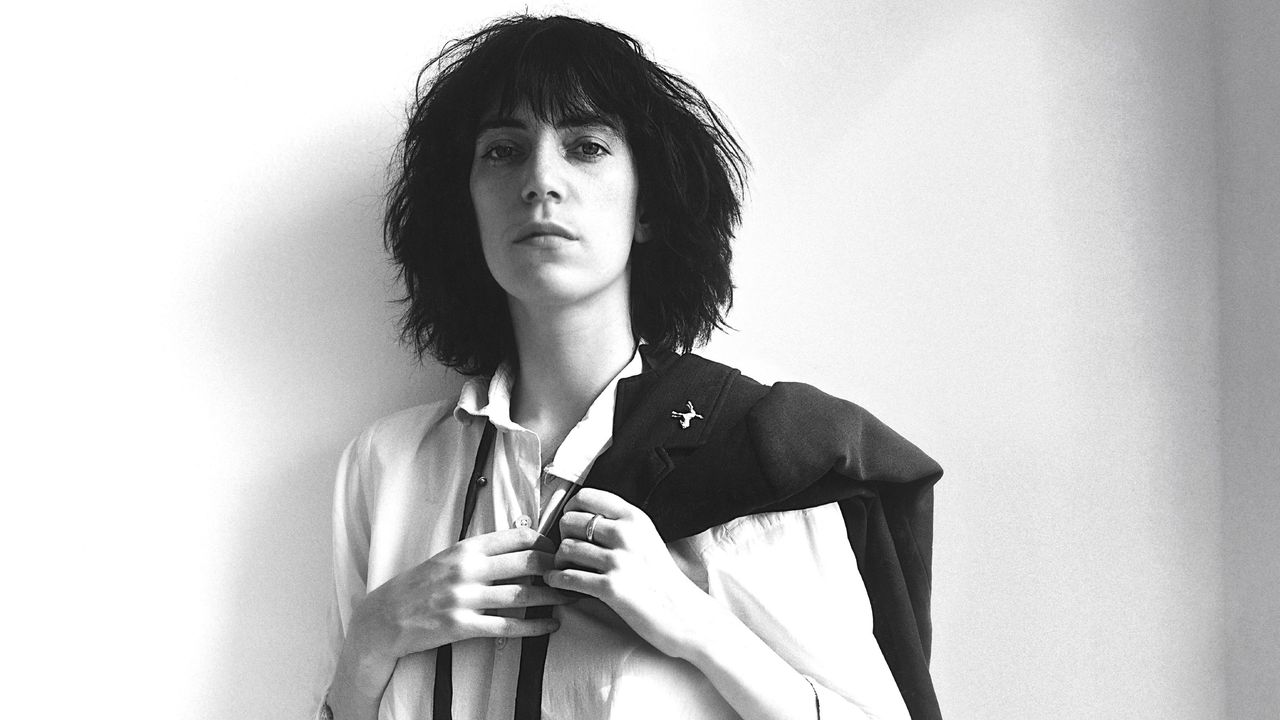It’s a fine line on Horses between listening and believing. Even before the decades made Patti Smith’s debut album into rock’n’roll scripture, its eight-word opening salvo imbued its body and blood and grace and guts with a holy truth. “Jesus died for somebody’s sins, but not mine,” sung-spoke slowly like smoke. Our story accordingly begins at church, on Bertolt Brecht’s birthday, Lou Reed in the pews, full moon.
Patti stepped to the lectern at the Poetry Project at St. Mark’s Church on February 10, 1971, and dedicated her reading to crime. From the moment she opened her mouth, her brash South Jersey accent and out-of-step real talk demolished the fourth wall between performer and audience. The date marked Smith’s first gig with guitarist Lenny Kaye, a music critic she befriended after he wrote about the early-’60s phenomenon of regional street-corner vocal groups (“The Best of Acapella,” Jazz and Pop, 1969), the doo-wop of her own youth.
She recruited Kaye for St. Mark’s by asking, “Could you play a car crash with an electric guitar?” Having produced Nuggets—the 1972 garage-rock compilation of willfully unprofessional ’60s bands already dubbed “punk rock”—Kaye was game. The East Village church was not typically host to electric guitars. Smith had attended past readings at the Project alongside Beat scribe Gregory Corso as he heckled dull poets (“No blood! Get a transfusion!”) and she promised herself if she ever had a chance to read her own poetry, she would never be boring.
That night, she sang “Mack the Knife” and performed her poems—including “Oath,” the origin of her “Jesus died…” line—before a crowd that included Andy Warhol, Bobby Neuwirth, Robert Mapplethorpe, Sam Shepherd, and Anne Waldman. Afterward, her soon-to-be friend Sandy Pearlman suggested she front a rock’n’roll band, “but I just laughed,” Smith wrote in her 2019 memoir, Year of the Monkey, “and told him I already had a good job working in a bookstore.” Immediately, she was flooded with asks. A businessman offered a lucrative record deal hoping to make her into the Downtown Cher. Her response: “I ain’t never gonna do this shit. I ain’t never gonna do a record unless they let me do exactly what I want.”
